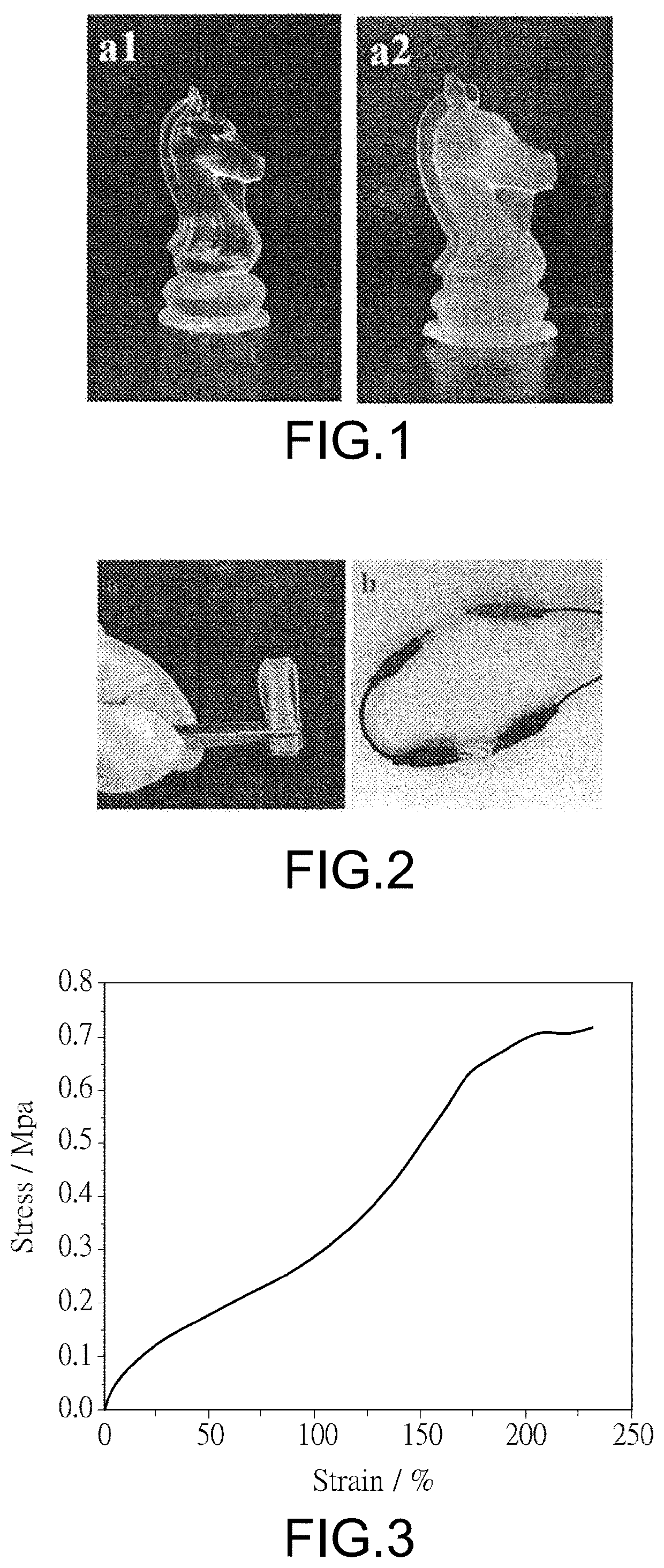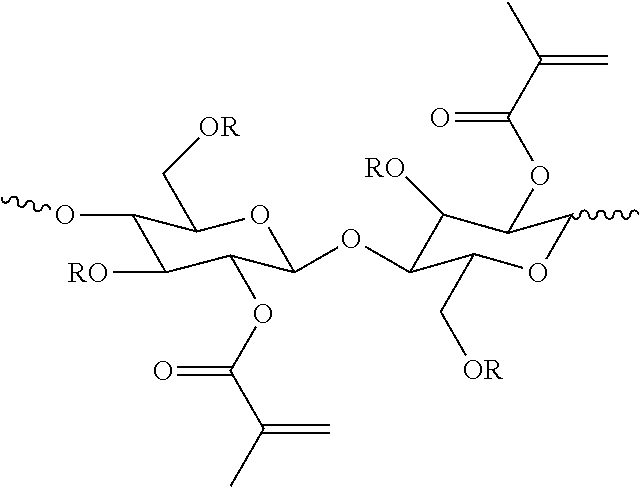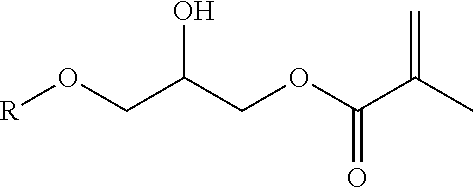Method for preparing biomass-based conductive hydrogel by 3D printing
a technology of conductive hydrogel and 3d printing, which is applied in the field of polymer materials, can solve the problems of limited application of rosin in the field of hydrogel, high cost, complicated preparation process and high cos
- Summary
- Abstract
- Description
- Claims
- Application Information
AI Technical Summary
Benefits of technology
Problems solved by technology
Method used
Image
Examples
example 1
[0024] preparation of a biomass-based conductive hydrogel in a ratio of [an ethyl cellulose-based macromonomer]: [a rosin-based monomer]: [an acrylic acid monomer]: [an initiator]=0.3:2:8:0.2.
[0025]Step 1: First, 0.9 g of ethyl cellulose-based macromonomer with a viscosity of 3-7 mPa·s, 6 g of disproportionated rosin-based monomer, 24 g of hydroxyethyl acrylate, and 0.6 g of (2,4,6-trimethylbenzoyl)diphenylphosphine oxide were mixed, and stirred and sufficiently dissolved at 70° C.; and then 1.5 g of hexamethylene diisocyanate was added to the mixed solution and mixed uniformly to prepare a 3D printing photosensitive resin solution.
[0026]Step 2: An SLA light-curing 3D printer was used to print a hydrogel precursor 1 with a complex shape, and then the hydrogel precursor 1 was heated at 110° C. for 8 hours to obtain a hydrogel precursor 2 with a dual-curing network.
[0027]Step 3: Finally, the obtained hydrogel precursor 2 was swelled in a 10 wt % sodium hydroxide solution at 40° C. for...
example 2
[0028] preparation of a biomass-based conductive hydrogel in a ratio of [an ethyl cellulose-based macromonomer]: [a rosin-based monomer]: [an acrylic acid monomer]: [an initiator]=0.3:2:8:0.2.
[0029]Step 1 was identical to that in Example 1.
[0030]Step 2: An SLA light-curing 3D printer was used to print a hydrogel precursor 1 with a complex shape, and then the hydrogel precursor 1 was heated at 80° C. for 5 hours to obtain a hydrogel precursor 2 with a dual-curing network.
[0031]Step 3: Finally, the obtained hydrogel precursor 2 was swelled in a 5 wt % potassium hydroxide solution at 20° C. for 4 hours to obtain the biomass-based conductive hydrogel.
example 3
[0032] preparation of a biomass-based conductive hydrogel in a ratio of [an ethyl cellulose-based macromonomer]: [a rosin-based monomer]: [an acrylic acid monomer]: [an initiator]=0.5:4:6:0.3.
[0033]Step 1: First, 1 g of ethyl cellulose-based macromonomer with a viscosity of 90-110 mPa·s, 8 g of dehydroabietic acid monomer, 12 g of hydroxyethyl acrylate, and 0.6 g of benzil dimethyl ketal were mixed, and stirred and sufficiently dissolved at 60° C.; and then 1.6 g of toluene diisocyanate was added to the mixed solution and mixed uniformly to prepare a 3D printing photosensitive resin solution.
[0034]Step 2 was identical to that in Example 1.
[0035]Step 3 was identical to that in Example 1.
PUM
| Property | Measurement | Unit |
|---|---|---|
| viscosity | aaaaa | aaaaa |
| viscosity | aaaaa | aaaaa |
| viscosity | aaaaa | aaaaa |
Abstract
Description
Claims
Application Information
 Login to View More
Login to View More - R&D
- Intellectual Property
- Life Sciences
- Materials
- Tech Scout
- Unparalleled Data Quality
- Higher Quality Content
- 60% Fewer Hallucinations
Browse by: Latest US Patents, China's latest patents, Technical Efficacy Thesaurus, Application Domain, Technology Topic, Popular Technical Reports.
© 2025 PatSnap. All rights reserved.Legal|Privacy policy|Modern Slavery Act Transparency Statement|Sitemap|About US| Contact US: help@patsnap.com



